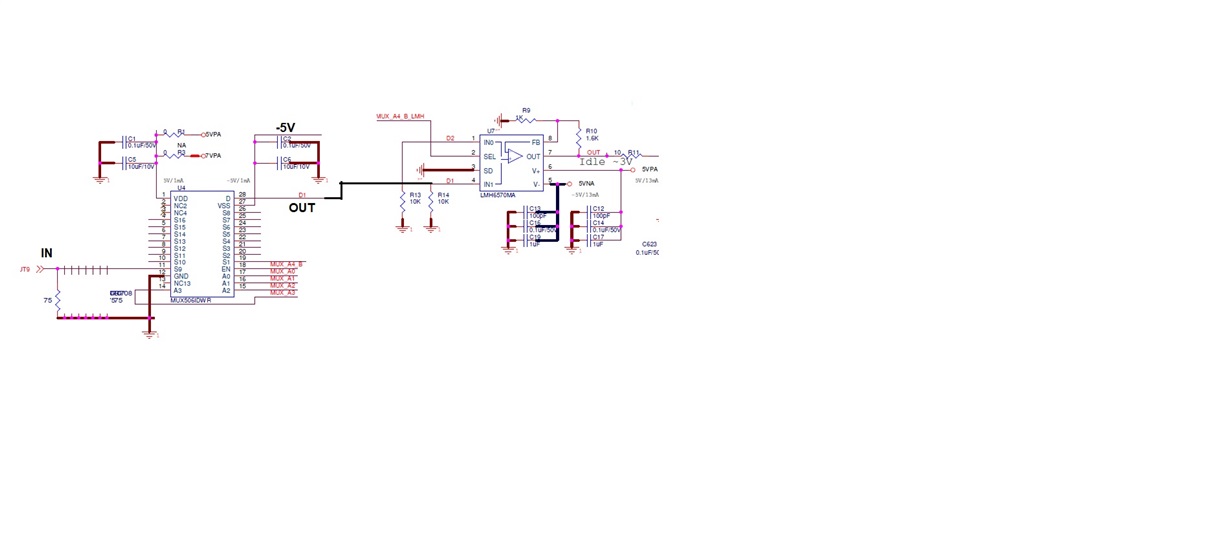Other Parts Discussed in Thread: LMH6570, MUX507
hello,
I am using MUX506 in my design.
I saw in the data sheet that the BW is 500Mhz. There was no indication if it is depends on what power supply?
In simulation I am seeing a difference between working with +/-5V and +/-10V.
What is really the Bandwidth at +/-5V power supplies.
Regards,
Giora



